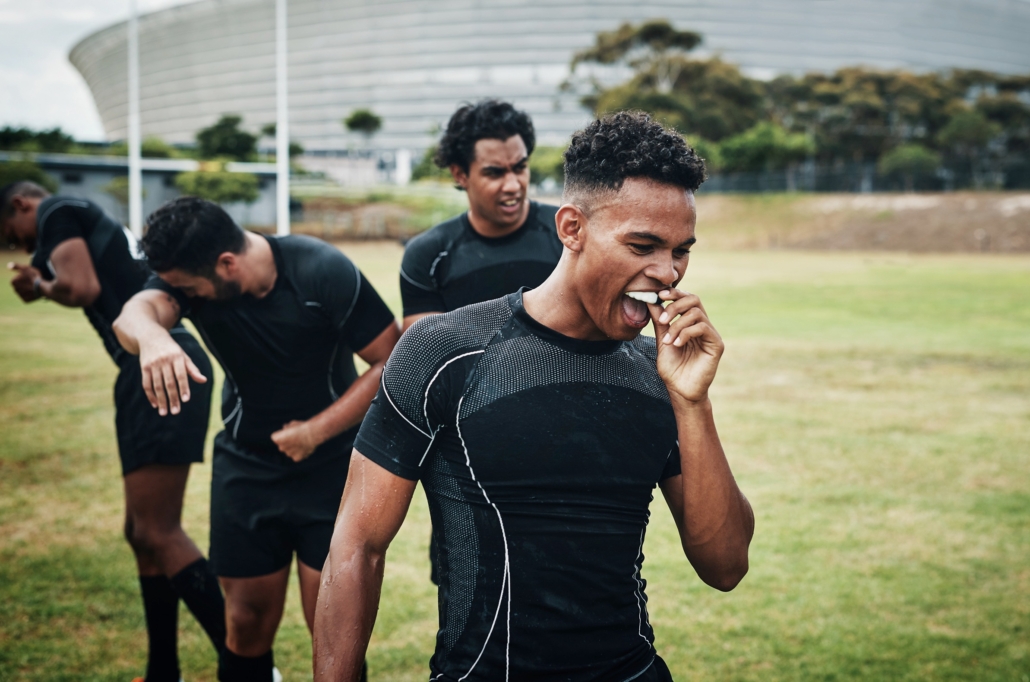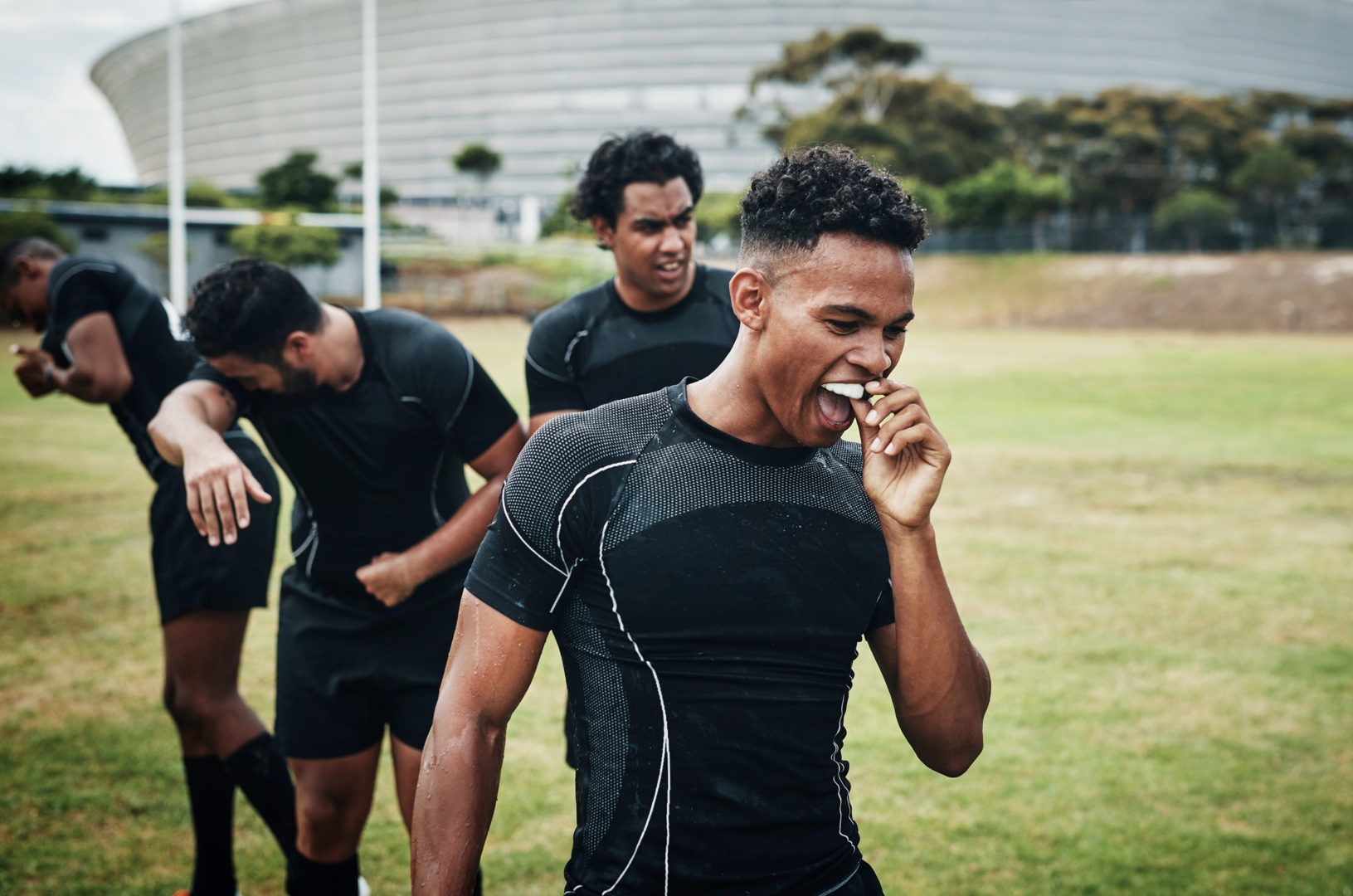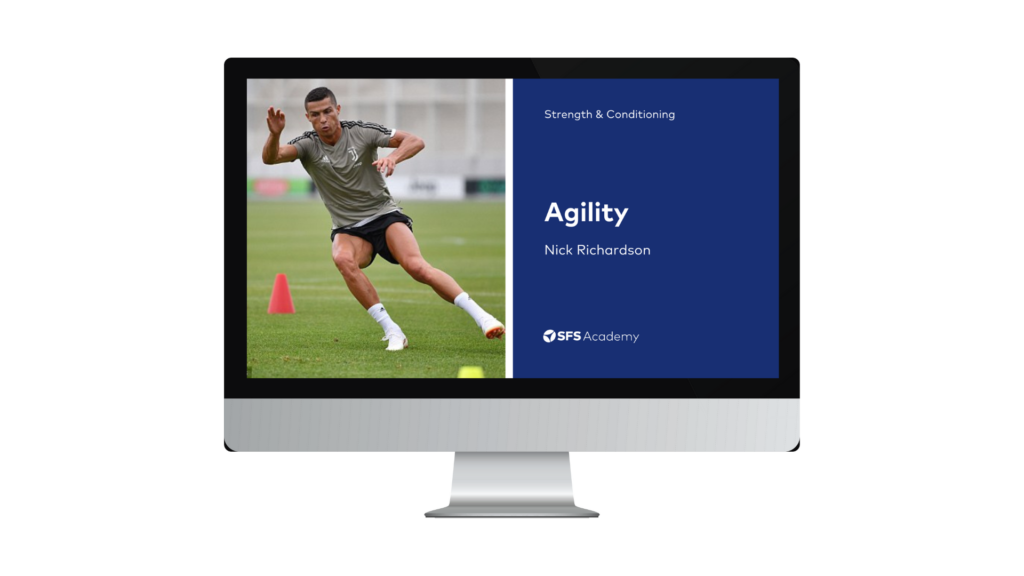Preseason rugby training schedule: What every coach and player must know
A good (or bad!) preseason rugby training schedule can sometimes make or break a team’s season. Here are six core principles to follow.
Contents
- Summary
- Train the sport from day one
- Keep the conditioning as close to the sport as possible
- Prioritise speed in weekly training plans
- Warm-up slots are critical and should be specific to the onset of training
- Concentrate on the most important element first
Summary
Preseason rugby training schedules are vital for athletic performance and there are six core principles to follow. The sport should be the number one priority, so train the technical and tactical aspects of the sport from day one, with conditioning performed as close to the sporting movements as possible. As preseason time is limited, the earlier athletes can be exposed to the sport-specific movements of their sport, the more prepared they will become for competition.

Train the sport from day one
“So many teams and coaches struggle to focus on the sport they are playing. Usually when people think of preseason, they think it is all fitness-based with a little bit of sport action at the end,” said de Lacey.
“You should plan your preseason differently. A sport-specific focus should be the priority, as training in that way best prepares athletes for the various elements of their sport. You can be a physically conditioned athlete but without the tactical/technical awareness, you can’t execute the game plan.”
The experienced strength and conditioning coach continued, “physical conditioning is still a very important part of preseason training. However, it is secondary to the sport-specific training required and the volume of conditioning work should be built up during a preseason period rather than front loaded at the start.”
Keep the conditioning as close to the sport as possible
“The more time an athlete can spend conditioning themselves for the movements and tasks that will regularly occur within the sport, the better the outcome,” said de Lacey.
For example, rugby is a sport that involves lots of linear and multi-directional running with lots of contacts and collisions, so training should incorporate these sport-specific movements from the start of your preseason.
De Lacey continued: “The earlier you can safely expose your athletes to those movements, the better. You shouldn’t go full-out to start with, especially with contacts and collisions, but you should build this into the start of your planning to effectively condition athletes for the sport.”
Prioritise speed in weekly training plans
“Speed is the number one physical ability to be prioritised in a plan in rugby and sports alike. In order to do this, you should break out your training days to have a high-intensity day followed by a low-intensity day, as this gets the best results,” explained de Lacey.
“Sprinting, ground contact strength work, and power should be the focus during your high-intensity training. Your low-intensity days enable athletes to recover and set their bodies for the coming high-intensity days.”
Low days should cover aerobic conditioning, skills/structures, and easy gym sessions to enable athletes to focus on their high-speed training days, where athletes should look to elicit max outputs.
Progress volume and intensity together
Traditional models of preseason suggest coaches should start with high volume and low intensity, with this slowly inversing as preseason goes on.
De Lacey instead suggested “volume and intensity should be progressed together in a logical manner, since that allows athletes to adapt earlier to heavier workloads.”
When doing this, he said: “a problem might arise if your athletes have come to preseason having done nothing or very little. To get around this, progress volume and intensity together slowly to avoid any risks.”
Warm-up slots are critical and should be specific to the onset of training
A coach’s time is limited and even more so when you factor in all the progressions teams and athletes need to make in preseason to be prepared for the upcoming competition or season.
“To maximise the time you have with your athletes, a ‘random’ 15-minute warm-up shouldn’t be completed. Instead, use the warm-up to reflect the training that is planned for that day or a skill that you want your athletes to develop,” said de Lacey.
“You could focus on a speed-based warm-up with sub-optimal sprint drills, before moving into your sprint training session. Ultimately, the warm-up should feel part of the session rather than something completely opposite to training.”
Concentrate on the most important element first
Previous preseason models suggested organisation of training should start with a strength-based exercise.
“This is often because coaches didn’t want fatigue to interfere with improvements in the gym. Although I argue that you should focus more on your training objective first, rather than strength,” said de Lacey.
“If, for example, speed is the priority, then training specific to that objective should be completed first when athletes are fresh. This ensures that you focus on the high-risk part of training when athletes are most prepared and low-risk, towards the end of the day, when fatigue takes place.
“If strength is the priority, then you should first focus on strength. But very few sports, outside of strength-based lifting and some athletic sports, have strength as the priority. Often the priority is speed.”
[optin-monster-shortcode id=”czosk0qsqzzsryj6gwot”]



